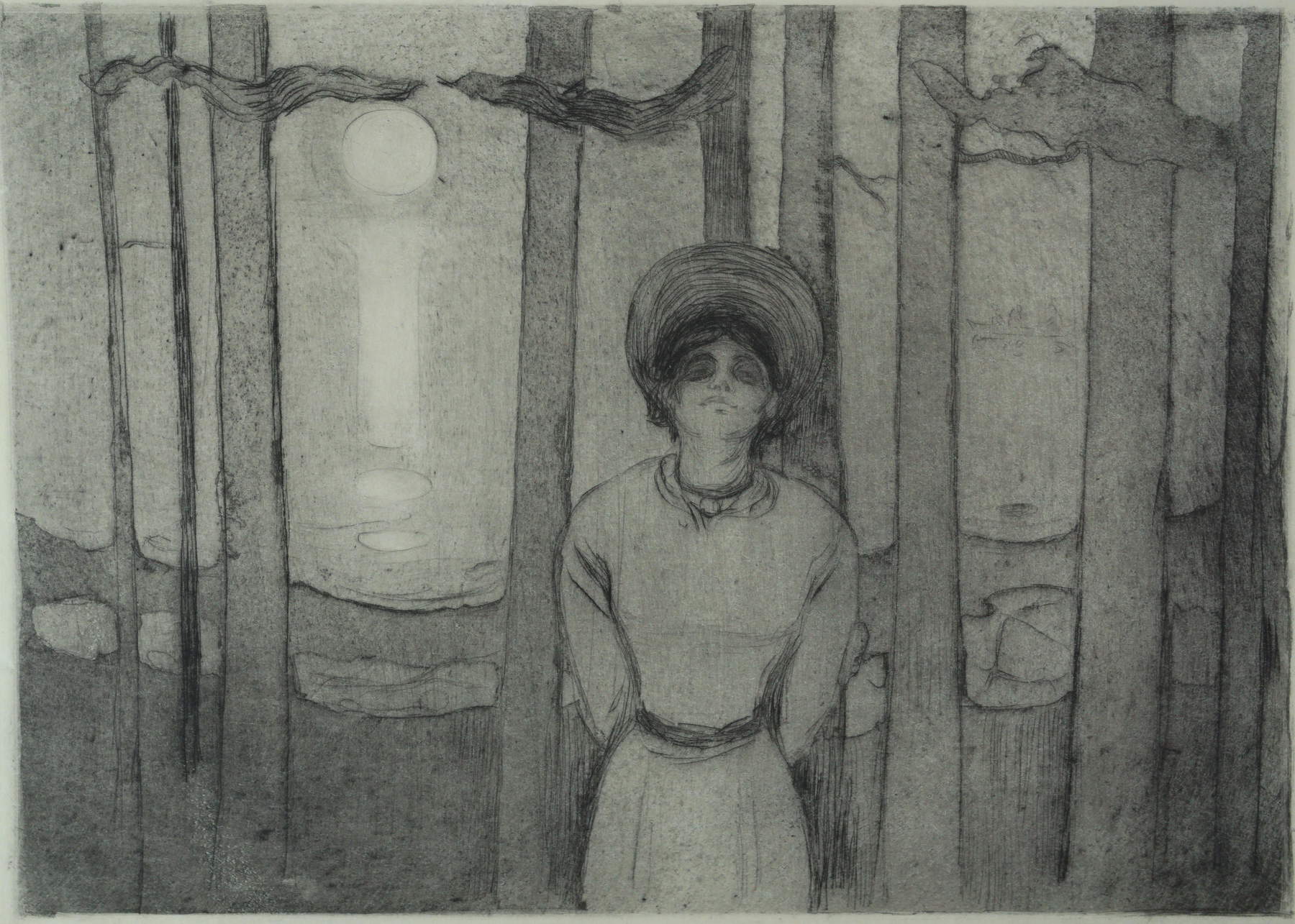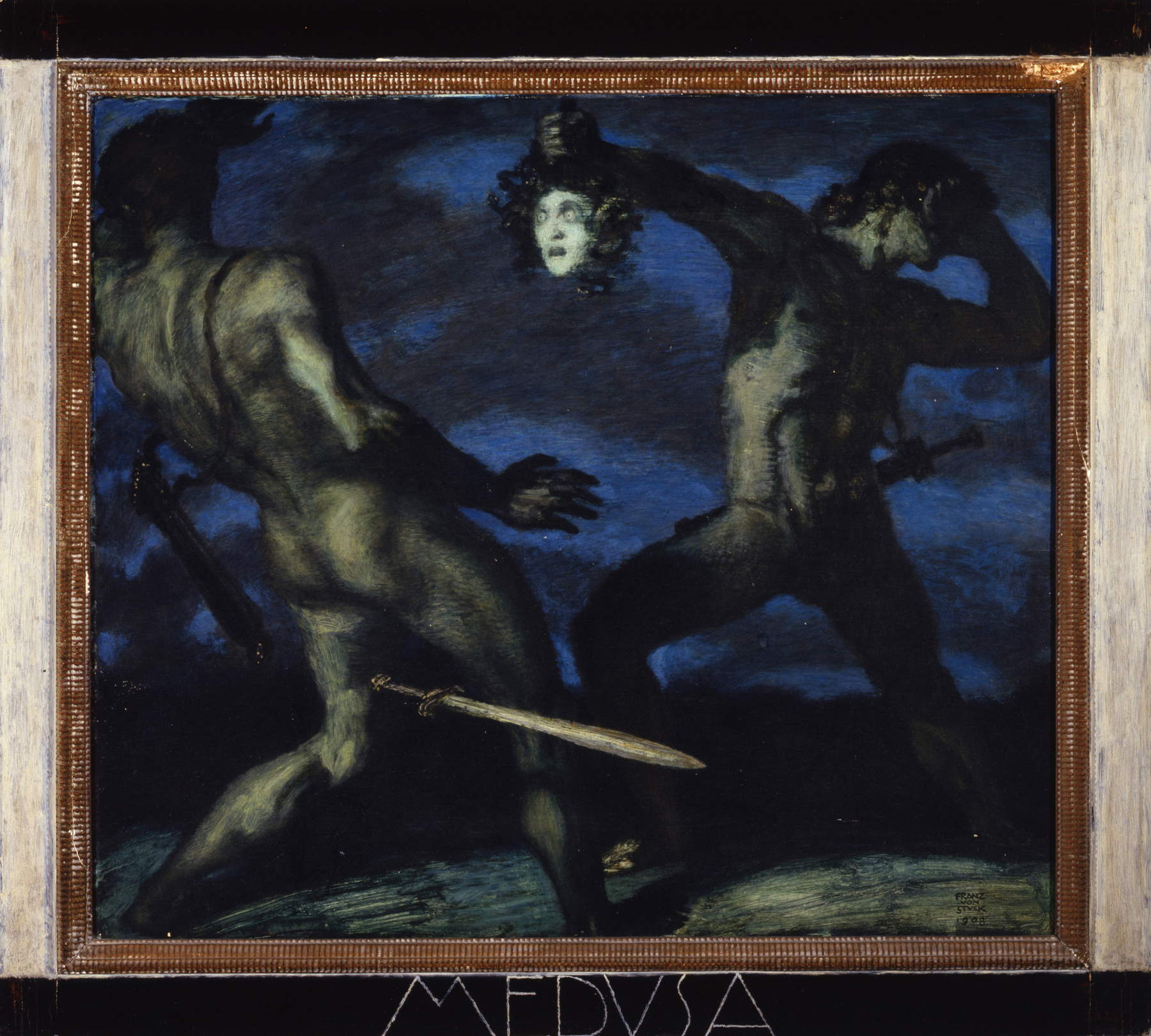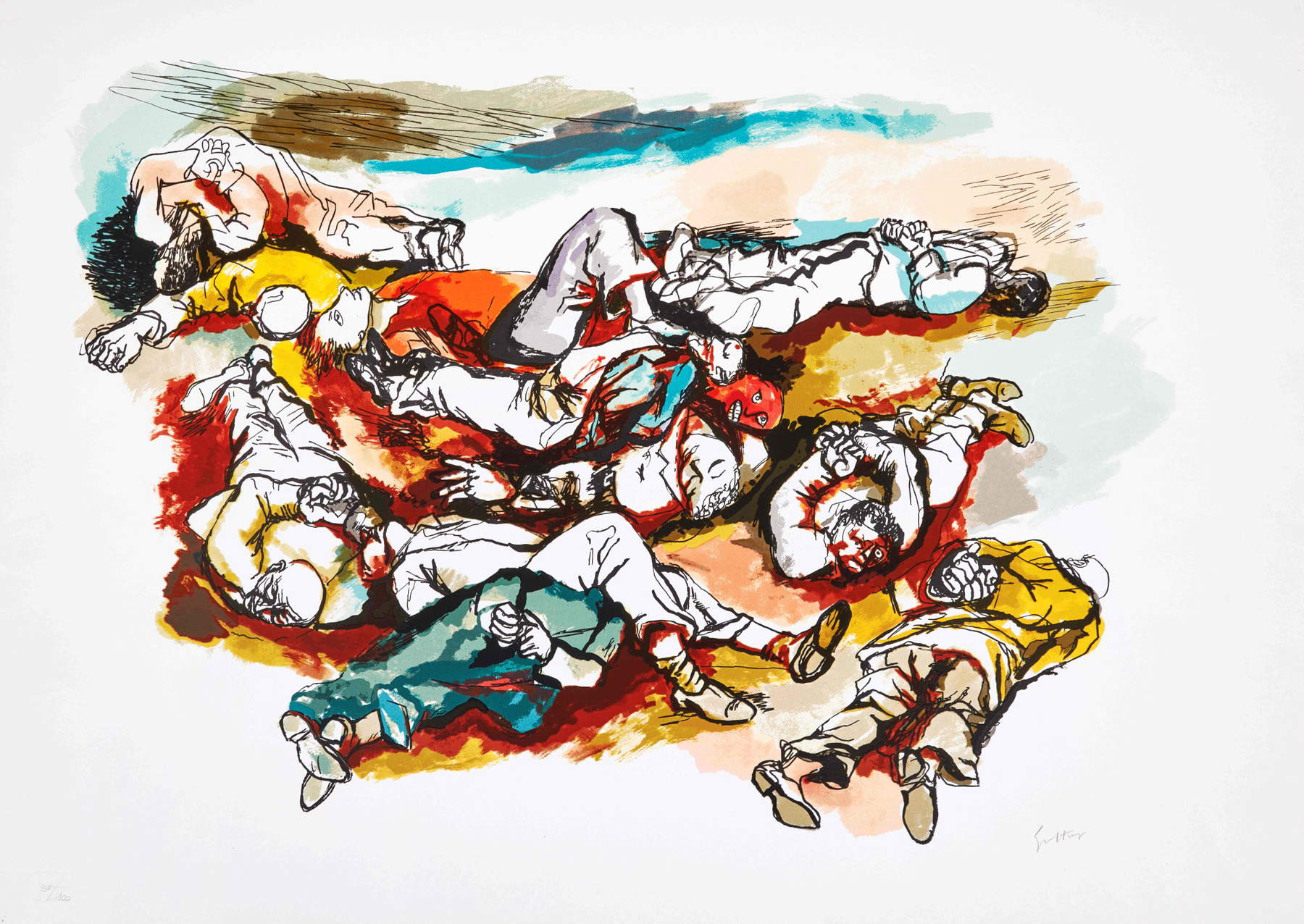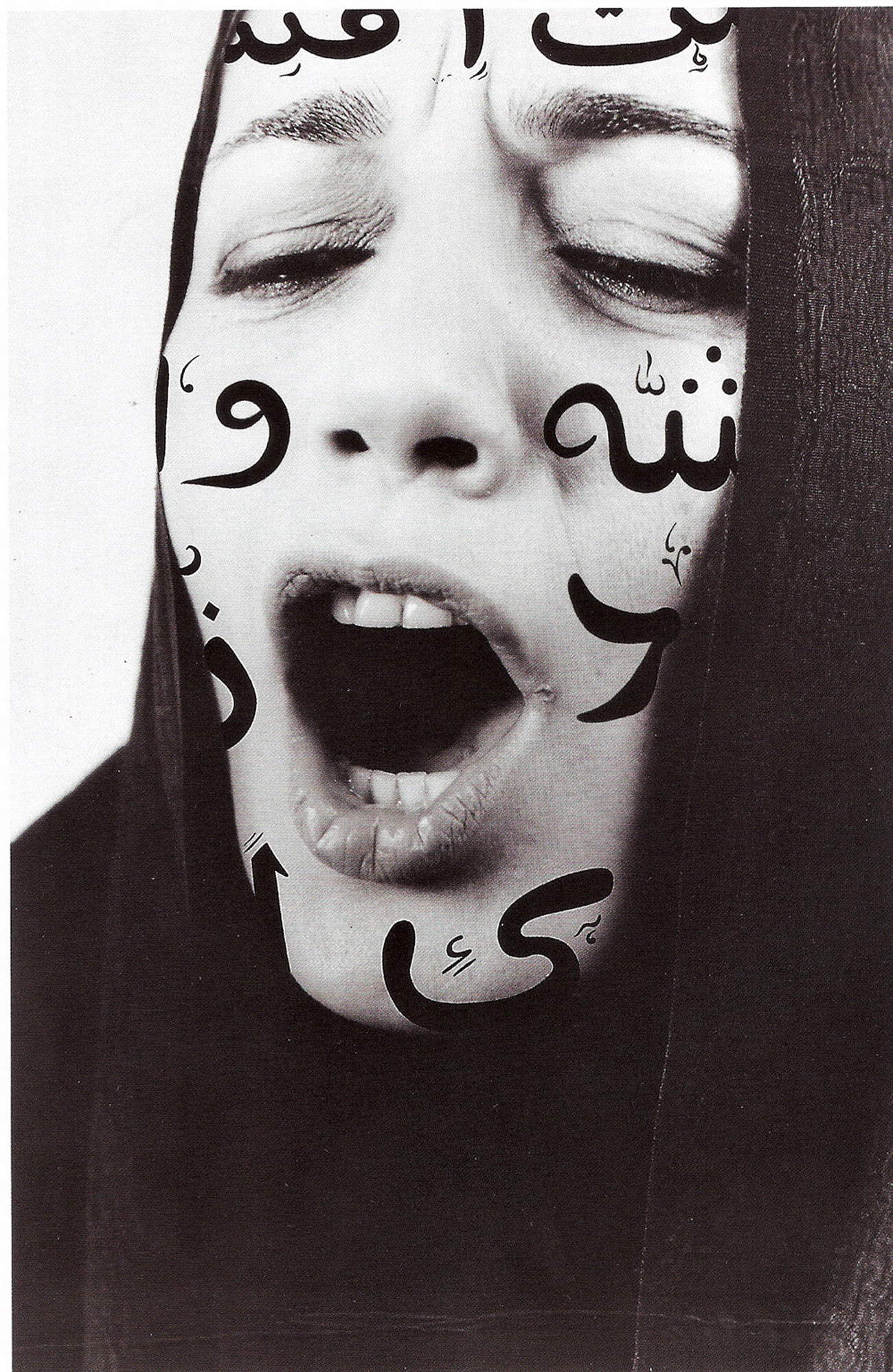From October 30, 2025 to March 1, 2026, the Candiani Cultural Center in Mestre will host the exhibition MUNCH. The Expressionist Revolution, curated by Elisabetta Barisoni. The exhibition chronicles the man and the artist in his time: Edvard Munch, a deeply introspective figure, but also a participant and attentive to the society in which he lived. Alone in his restlessness, yet never isolated, Munch weaves ties with contemporary authors and artists - Ibsen above all, whose plays he illustrates - who influence his vision, his graphic and iconographic revolution, and his life itself.
Amirror of Central European culture, Munch traveled extensively between France, Germany, Belgium and Italy, in that lively and turbulent Europe of the Salon des Refusés and Secessions, where young art rebels experimented with new languages. From Goya to Rembrandt, from Redon to Toulouse-Lautrec to Van Gogh and Gauguin, he absorbed Symbolist and Post-Impressionist suggestions and then transformed them into a unique and unmistakable sign. With Munch, new pictorial sonorities enter Europe: the Nordic spirit that pervades and influences the Secessions of Munich, Vienna and Berlin, of which he is the protagonist and inspirer.
The exhibition, conceived by the Fondazione Musei Civici di Venezia for the Candiani Cultural Center-exceptionally installed in the exhibition spaces on the third floor-proposes a journey guided by Munch to discover the art of our time. Through the civic collections of the International Gallery of Modern Art at Ca’ Pesaro, which houses four important graphic works by the artist (Anguish, The Urn, The Maiden and Death and Ashes), the exhibition project traces the Expressionist revolution, reconnecting Munch with the currents from which he was born and those that, in the following decades, he profoundly inspired.
The exhibition’s seven sections open with Edvard Munch (Loten, 1863 - Oslo, 1944), brought into dialogue with Naturalist and Impressionist ferments, and with compatriot Aksel Waldemar Johannessen (Kongsvinger, 1880 - Oslo, 1922). The latter, protagonist of an intense but brief artistic parabola, shared with Munch the search for a tormented inner world, while distinguishing himself by a social realism charged with expressive tension, far from the French aesthetic then dominant in Norway.

Two large sections are devoted to the Secessions, the German artistic revolutions that developed from Munich (1892) to Vienna (1897) and Berlin (1898). Munch’s vibrant sign and psychological depth run through these movements, laboratories of experimentation where Symbolism, Jugendstil and Postimpressionism intertwine in a spirit of radical renewal. The Munich Secession included artists such as Franz von Stuck, interpreter of a visionary and sensual Symbolism, but also numerous Italians-including Arturo Martini and Alberto Martini-who drew decisive stimuli from this climate. For the Berlin Secession, Munch represents almost the starting point: in November 1892, Munch’s works at the exhibition at the Verein Bildender Künstler in Berlin were harshly criticized by traditionalists and the exhibition was closed after only a week. The scandal, however, enshrines his fame and marks a rift between academic circles and the new generation of artists. Out of this rift will be born, in 1898, the Berlin Secession, of which Munch will be a leading figure. In these years of intense ferment, artists such as Max Liebermann, Max Klinger, Dettmann, and Egger-Lienz animated a cosmopolitan, modern, forward-looking Berlin.

Having moved beyond Impressionist premises, Munch looked to Symbolism: to the work of Redon, Sérusier, Bonnard, Klinger and the paintings of Böcklin, which nurtured a visionary language steeped in dreams and mystery. In Belgium, the current took on decadent overtones with Félicien Rops, close to the literary circles of Baudelaire, Mallarmé and Verlaine, and with James Ensor, creator of a grotesque and satirical universe populated by masks and monstrous figures.
In Italy, Symbolism is expressed in diverse and original forms: in the dramatic sculptures of Adolfo Wildt, the somber atmospheres of Cesare Laurenti, and the rebellious spirit of Ugo Valeri.
A large section devoted to graphic art illustrates Munch’s enormous influence on German Expressionism, particularly the Die Brücke group.
Artists such as Erich Heckel rediscovered woodcut and printmaking techniques as direct and essential tools, drawing as much inspiration from the tradition of Dürer as from the innovations of the Norwegian master. After World War I, a new generation-including Otto Dix and Max Beckmann-translates collective trauma into stark, disillusioned images where the human figure becomes a symbol of a wounded and torn society.
Munch’s legacy in the twentieth century and beyond is reflected in the section The Contemporary Scream. After World War II, Expressionism re-emerges as a testimony to pain: Renato Guttuso narrates the brutality of history, while Zoran Mušič evokes the horror of concentration camps. Echoes of that scream can be found in Ennio Finzi’s deformed visions and Emilio Vedova’s mangled figures, Mike Nelson’s skulls, Brad Kahlhamer and Tony Oursler’s visionary worlds, Marina Abramović’s dramatic denunciation of the war in Yugoslavia, and Shirin Neshat’s visual and political poetry, which etches on the skin and fate of the Iranian people.


MUNCH. The Expressionist Revolution marks the latest chapter in an exhibition that, starting with the masterpieces of Ca’ Pesaro, explores the connections, contaminations and contemporary legacies of modern art. The event also accompanies the rebirth of the redesigned Candiani Cultural Center by MUVE, which continues its program of temporary exhibitions but is transformed into a permanent museum, a House of Contemporaries. The new MUVE collection will be dedicated to the contemporary voice, with works by Italian and international masters from 1948 to the present day, in a wide-ranging itinerary.
Hours: Tuesday through Sunday from 10 a.m. to 7 p.m. Closed Mondays.
 |
| An exhibition in Mestre tells about Munch, the currents he was influenced by, and the artists he inspired |
Warning: the translation into English of the original Italian article was created using automatic tools. We undertake to review all articles, but we do not guarantee the total absence of inaccuracies in the translation due to the program. You can find the original by clicking on the ITA button. If you find any mistake,please contact us.